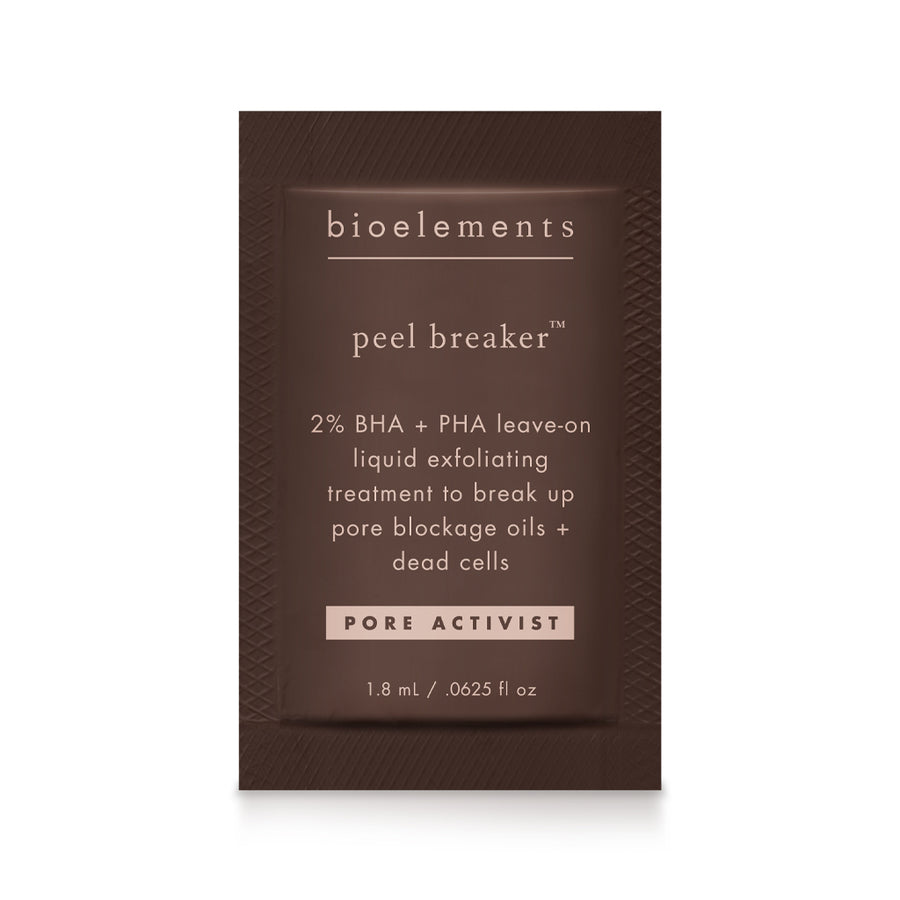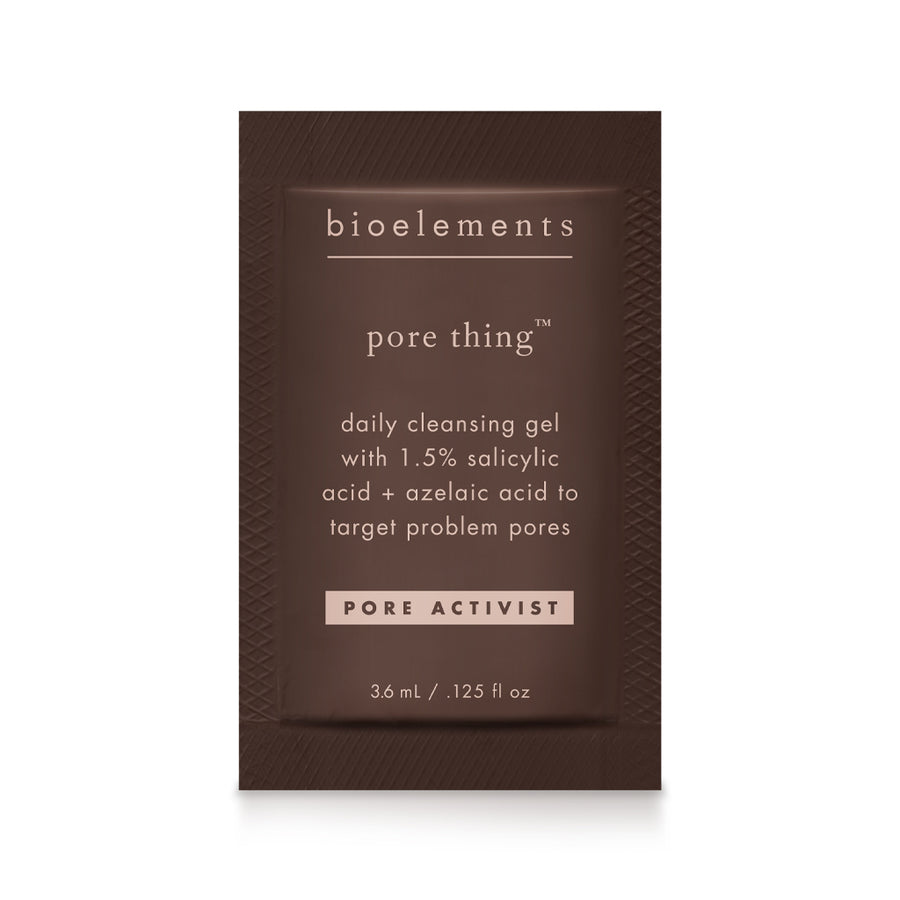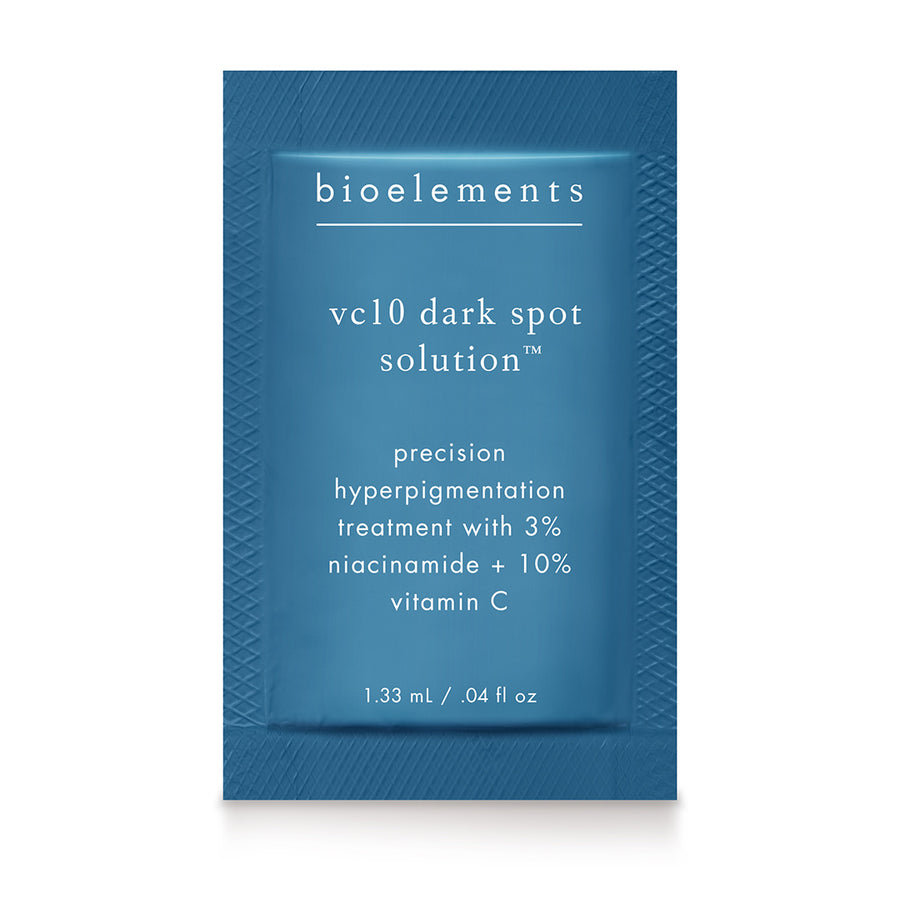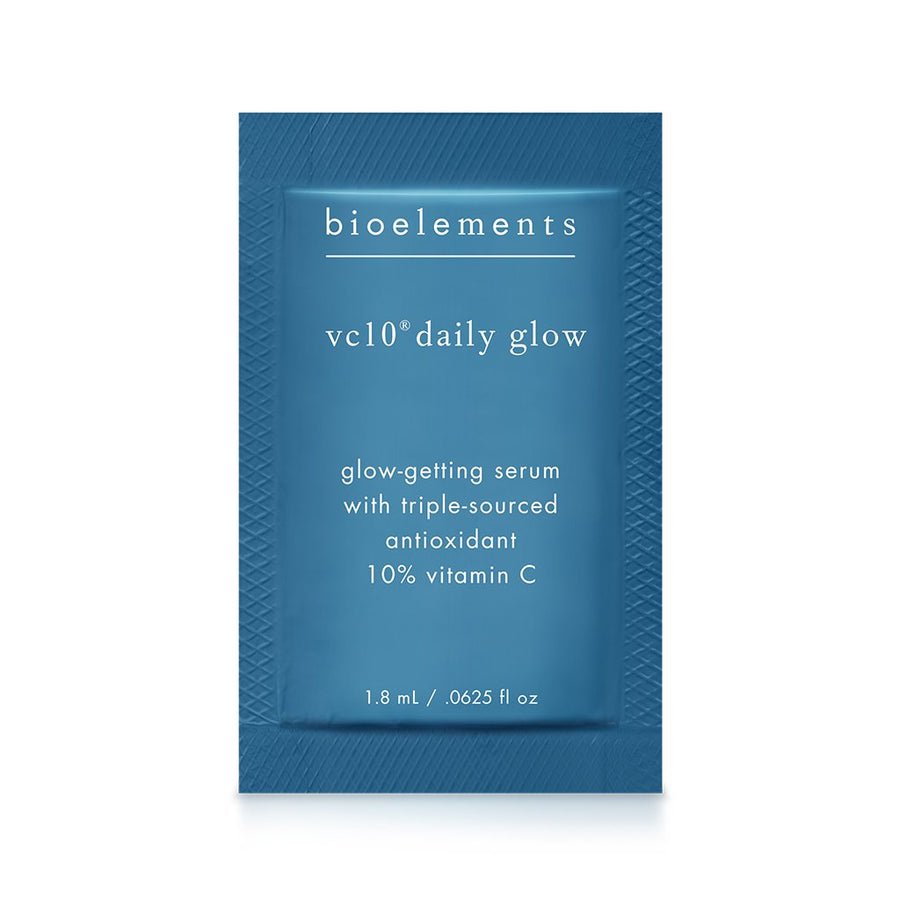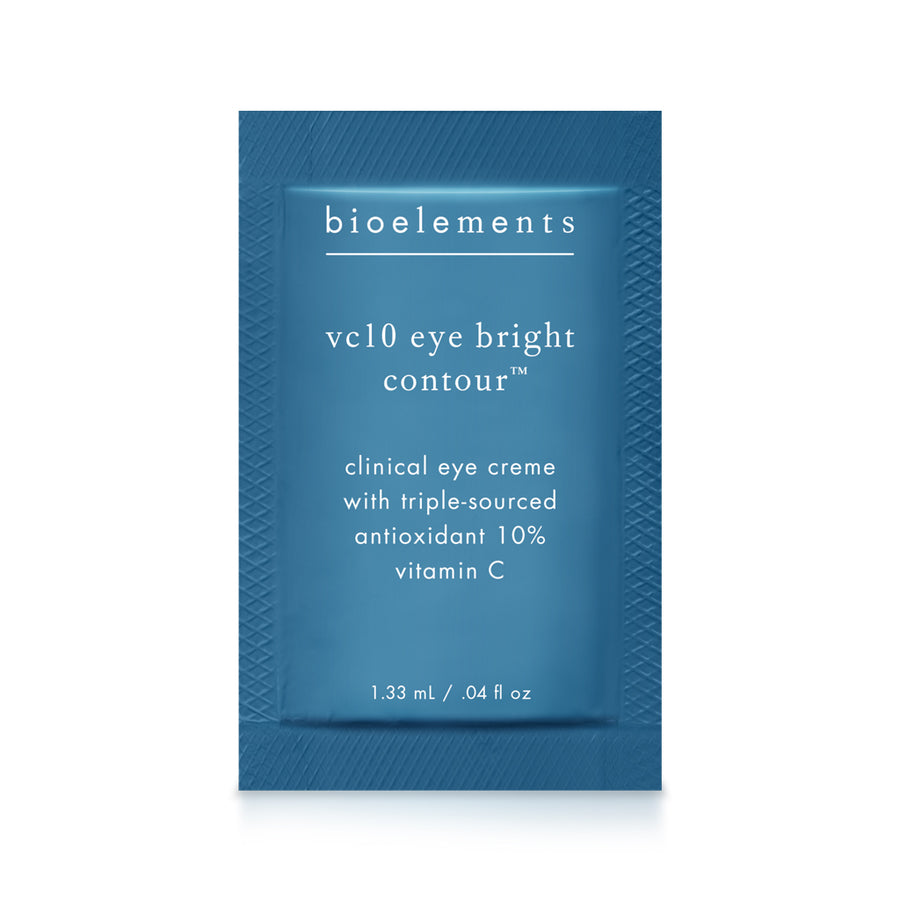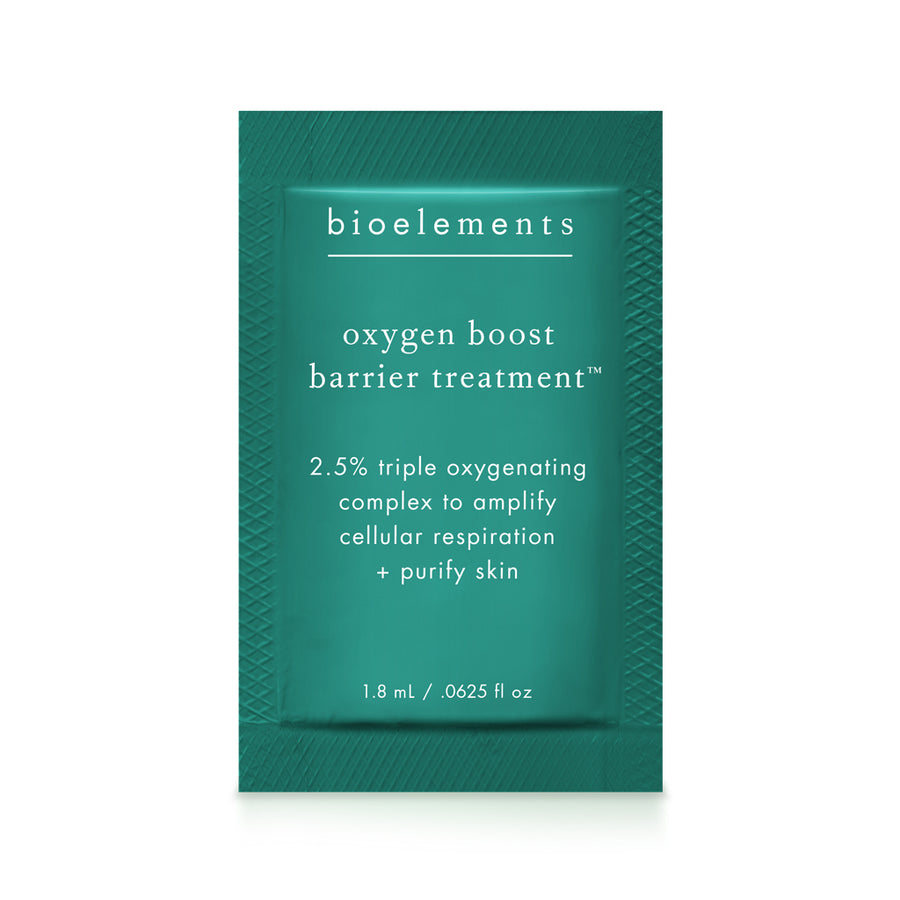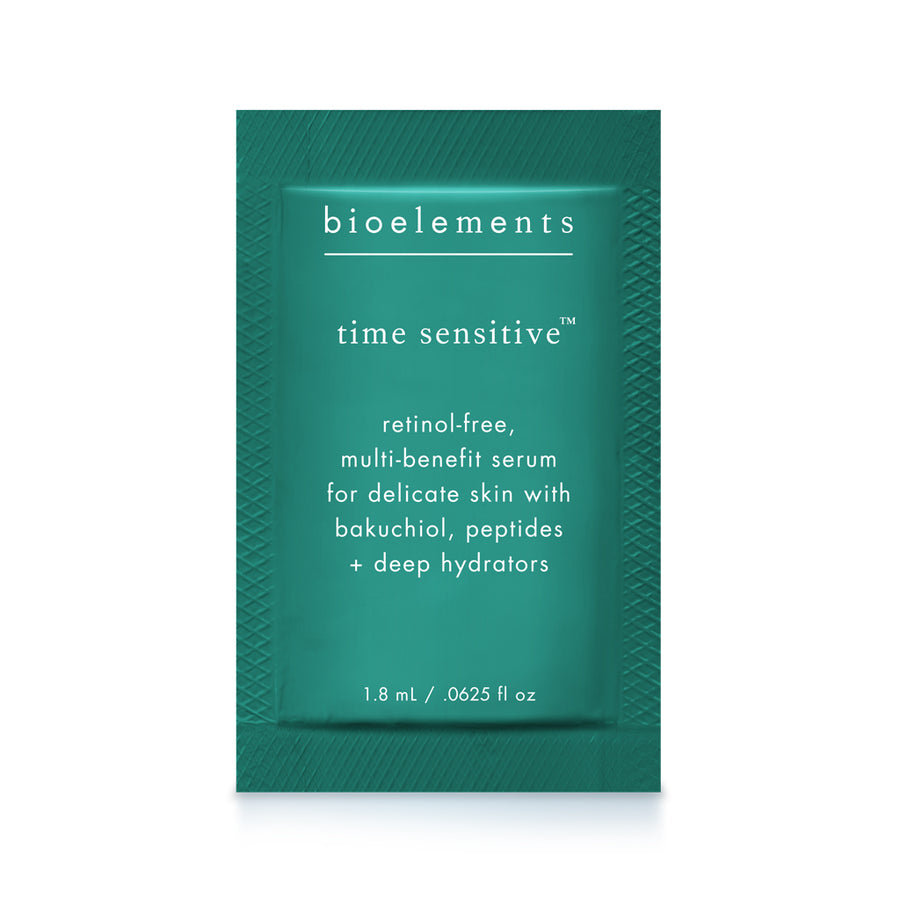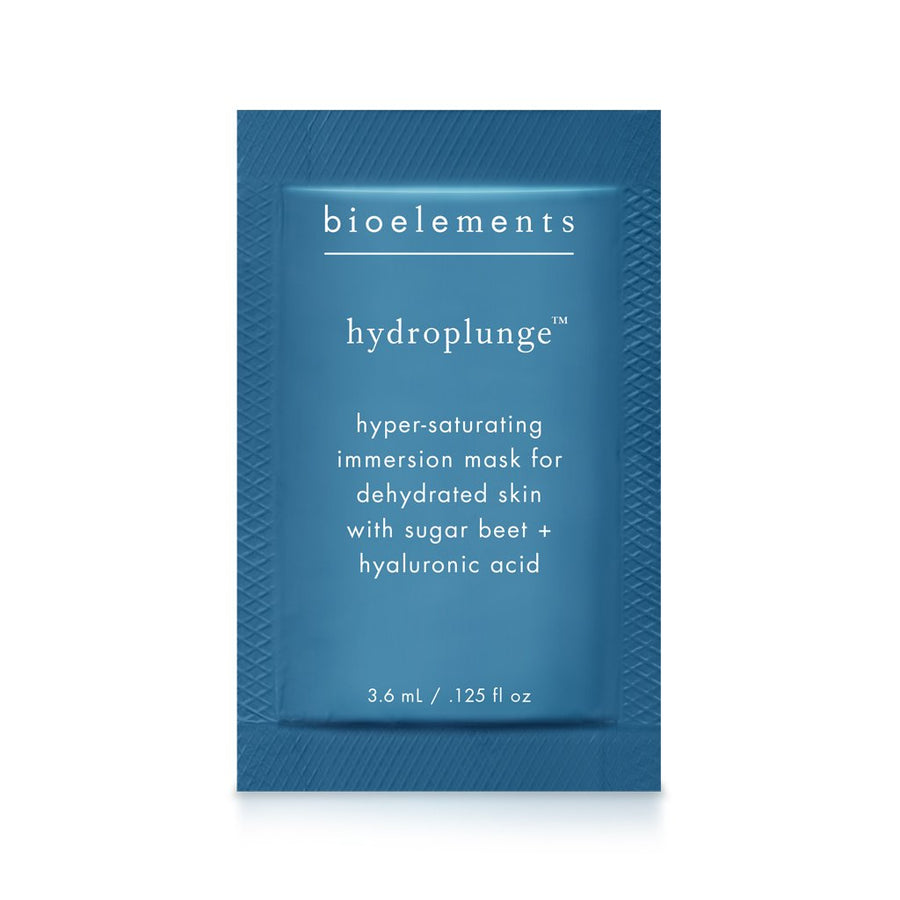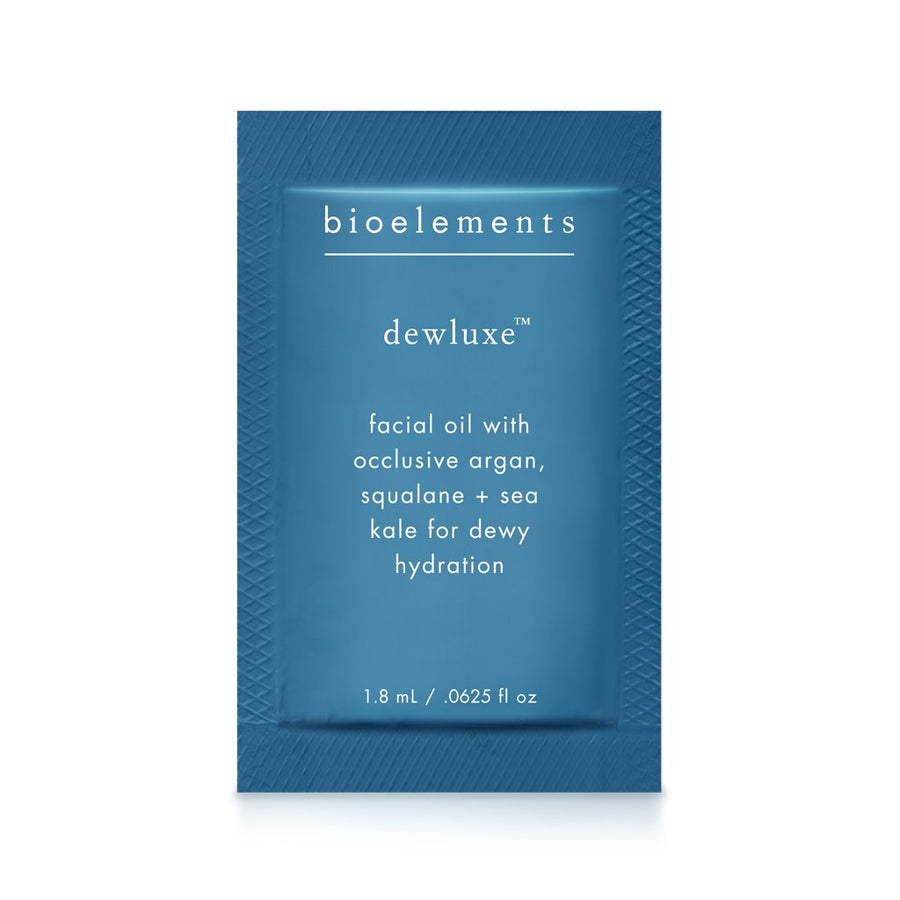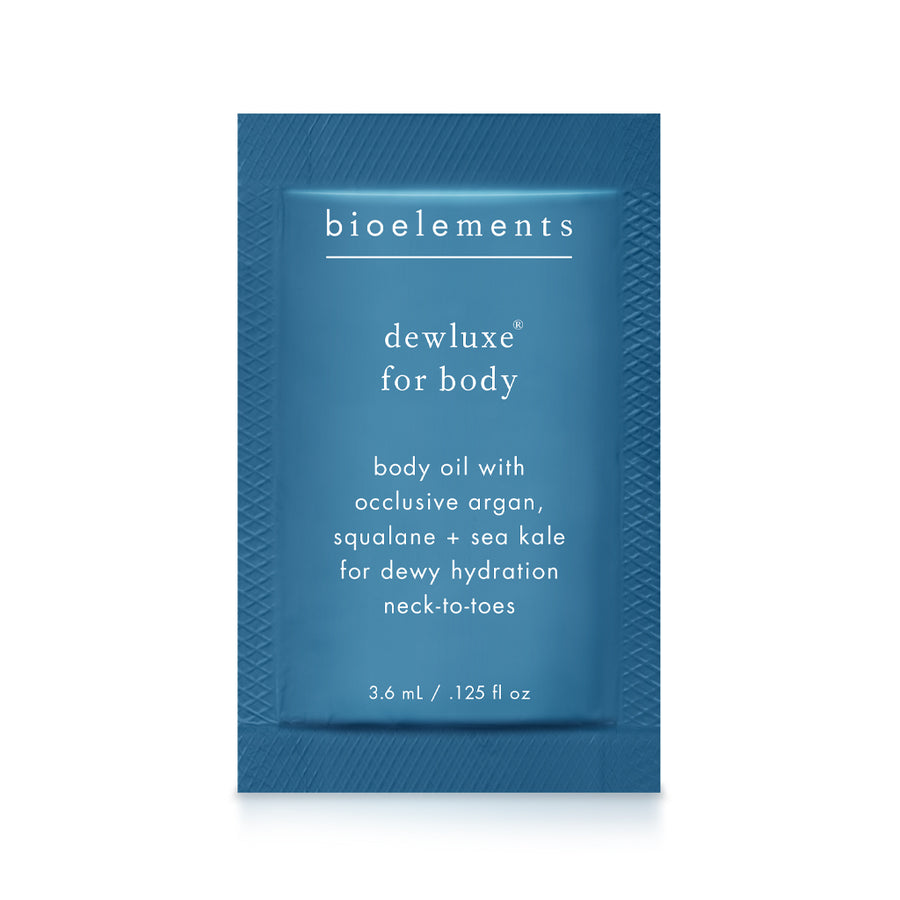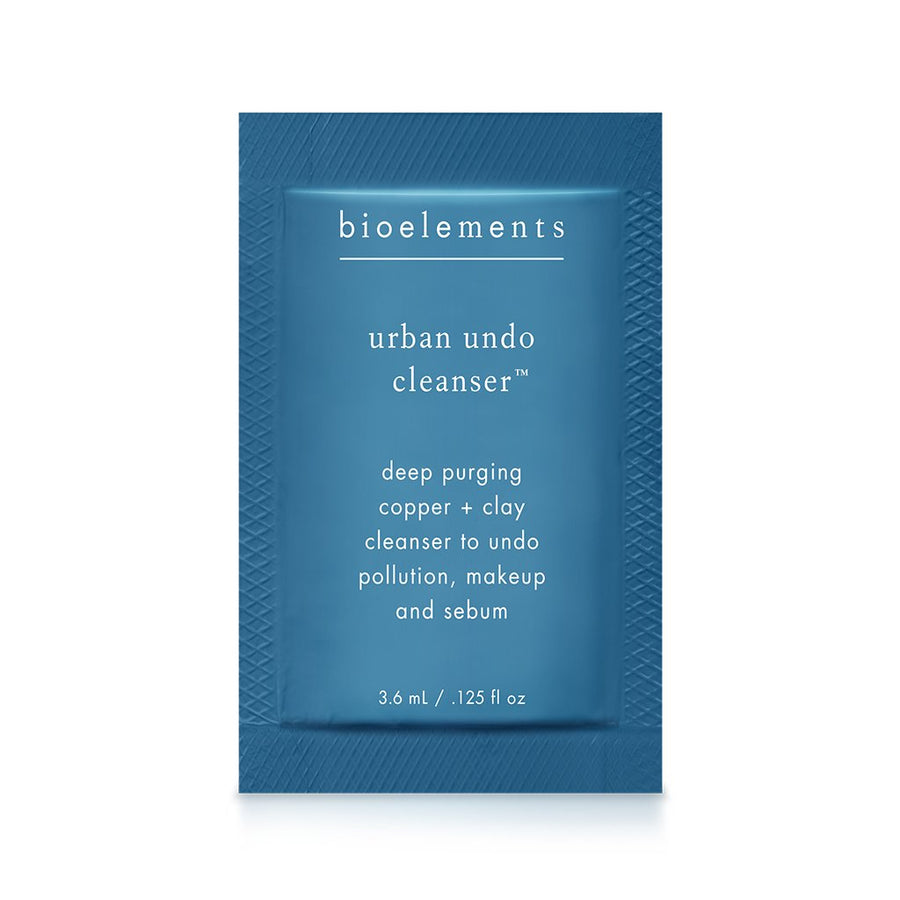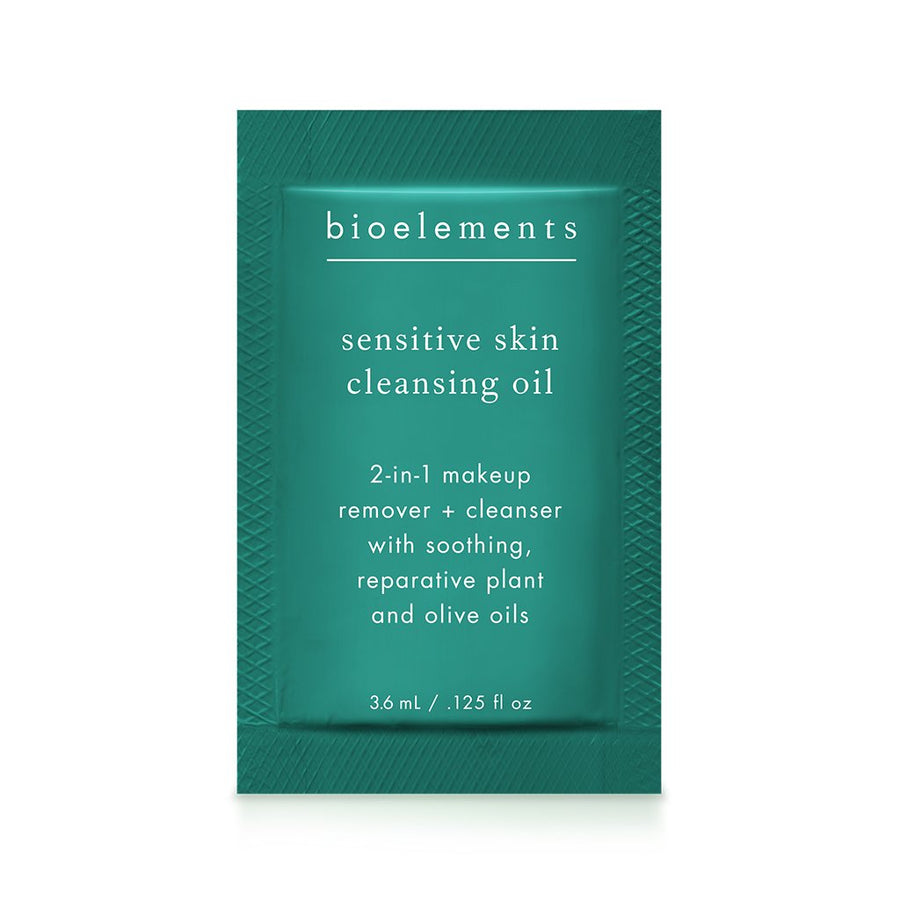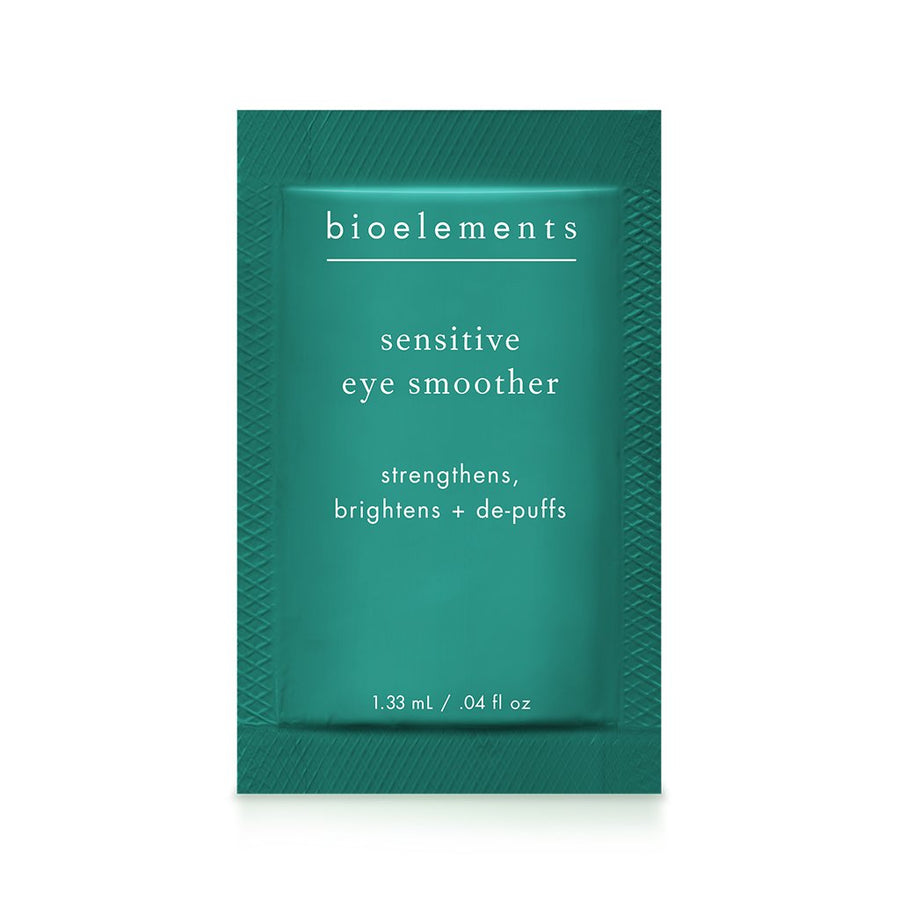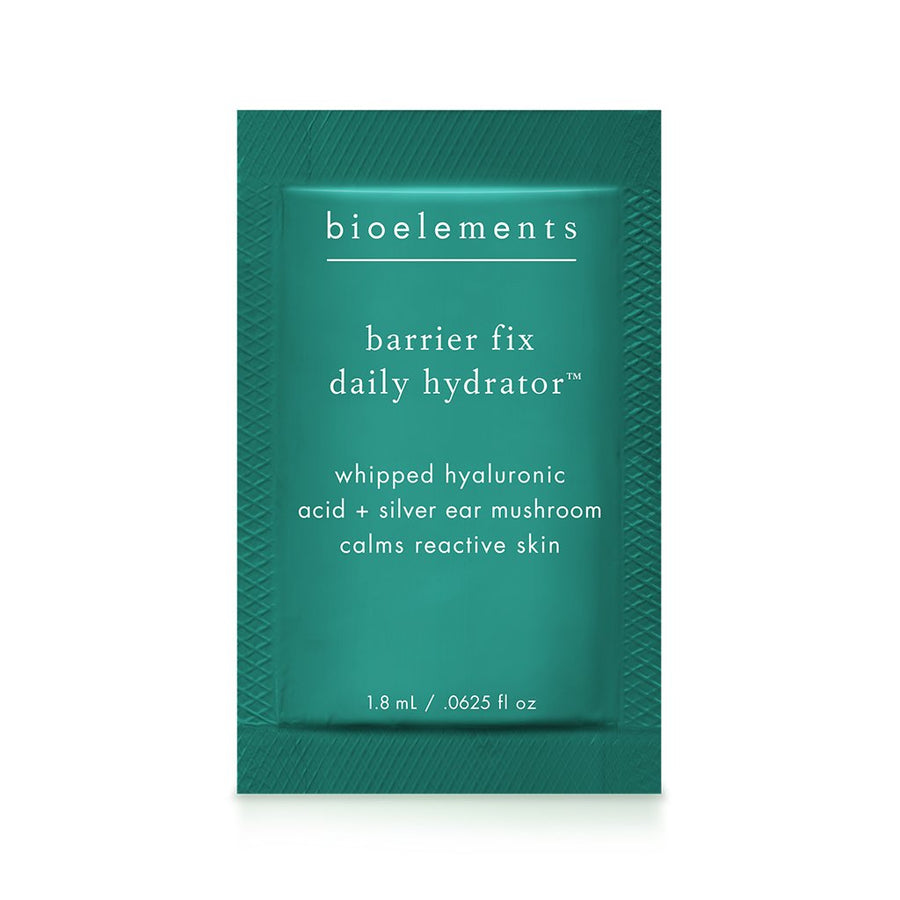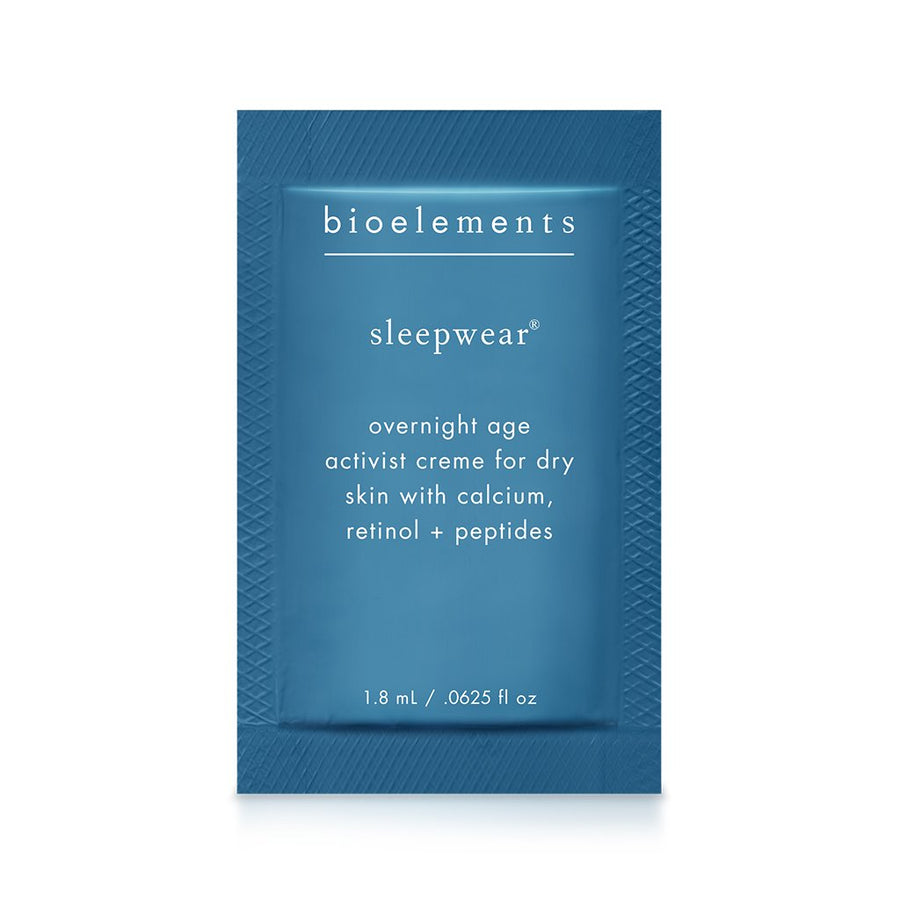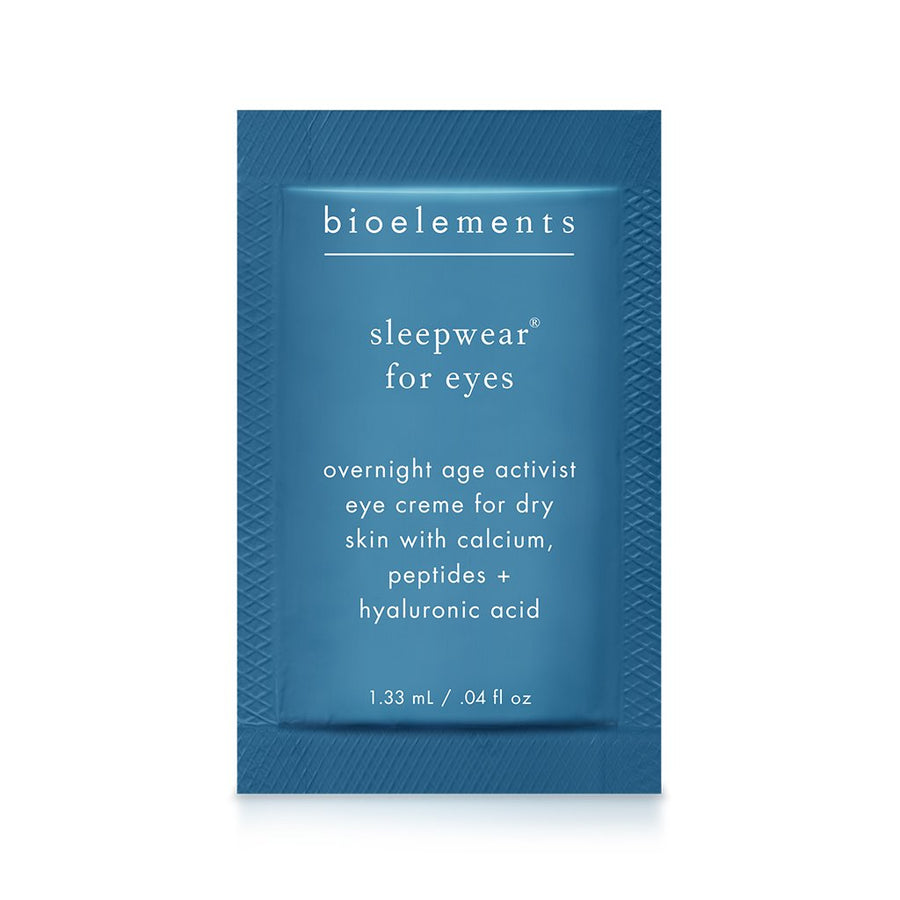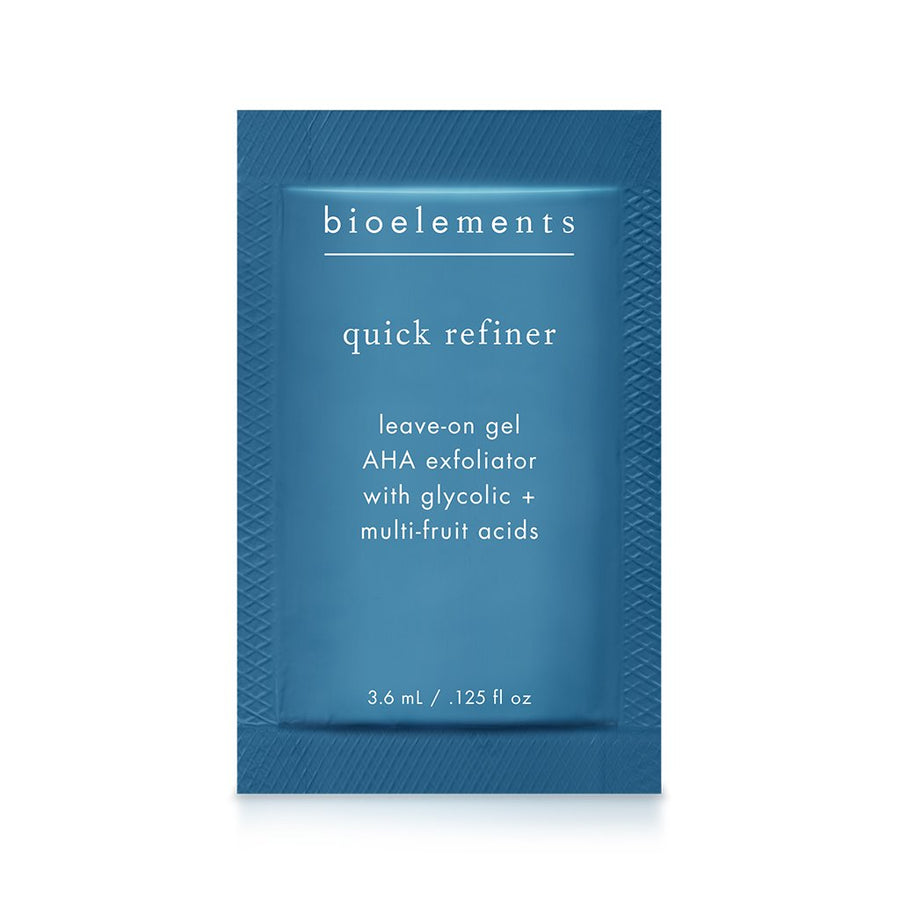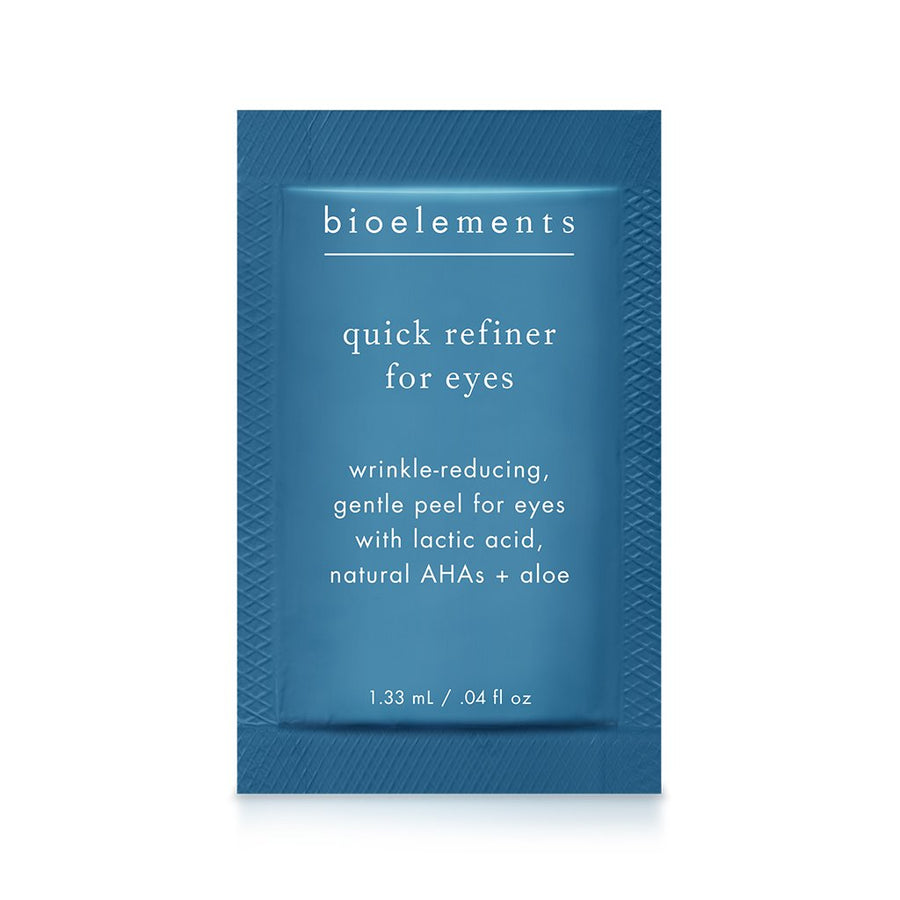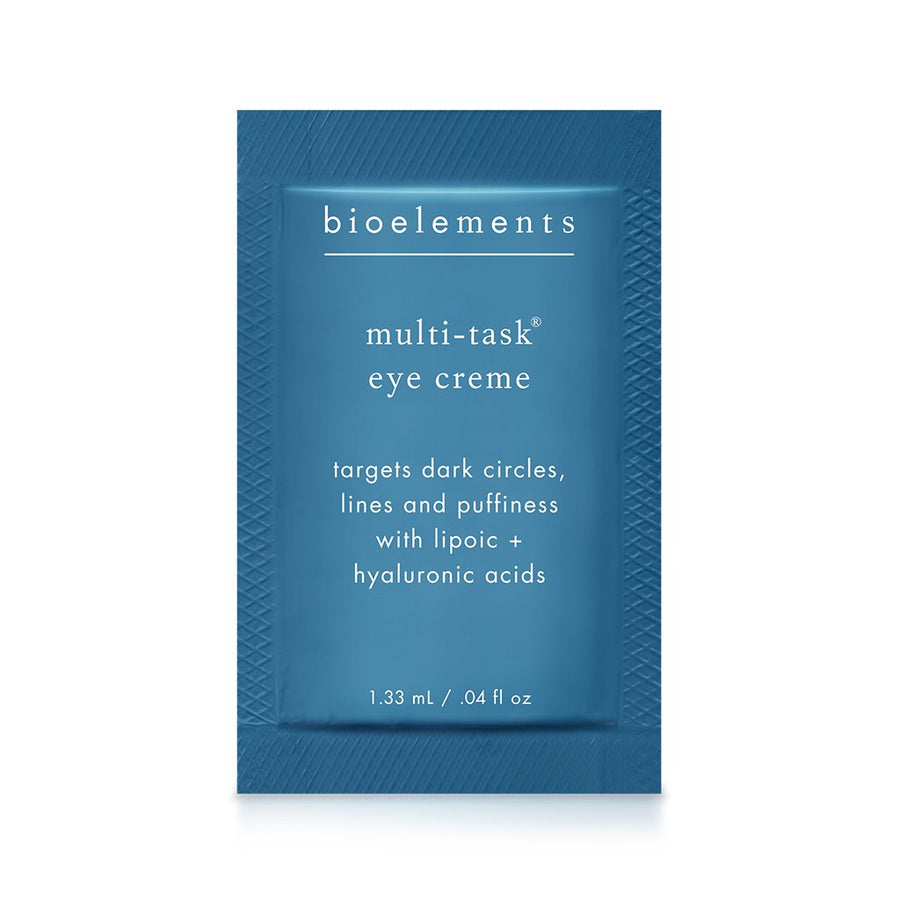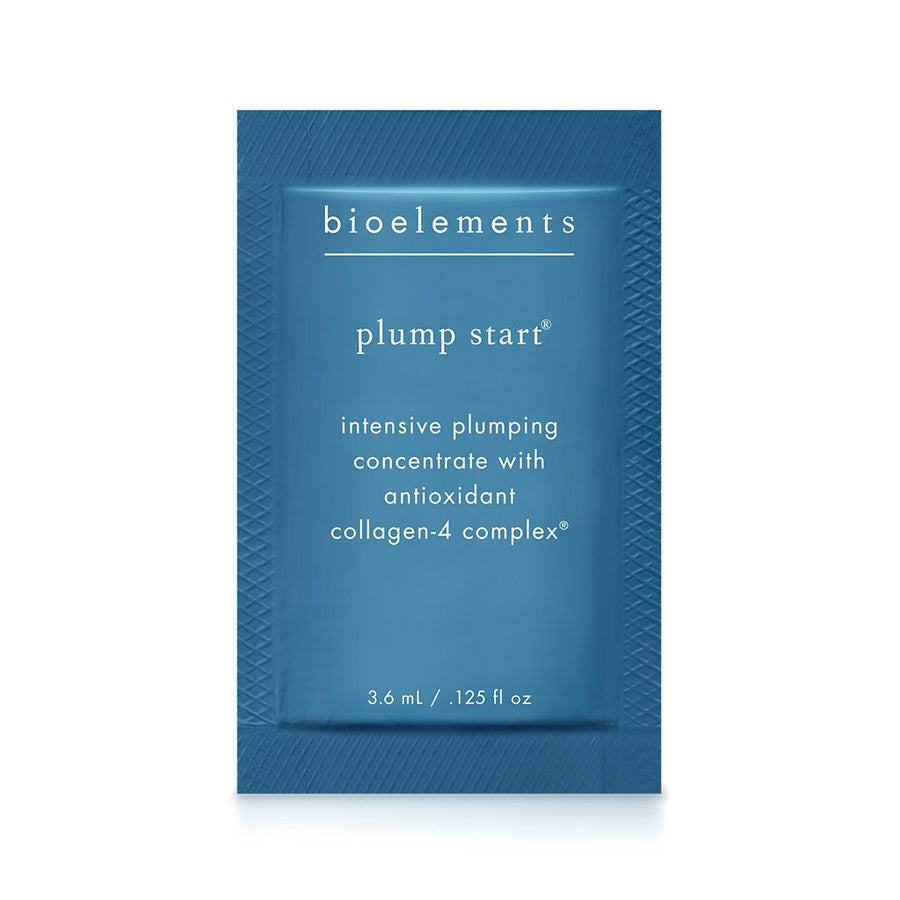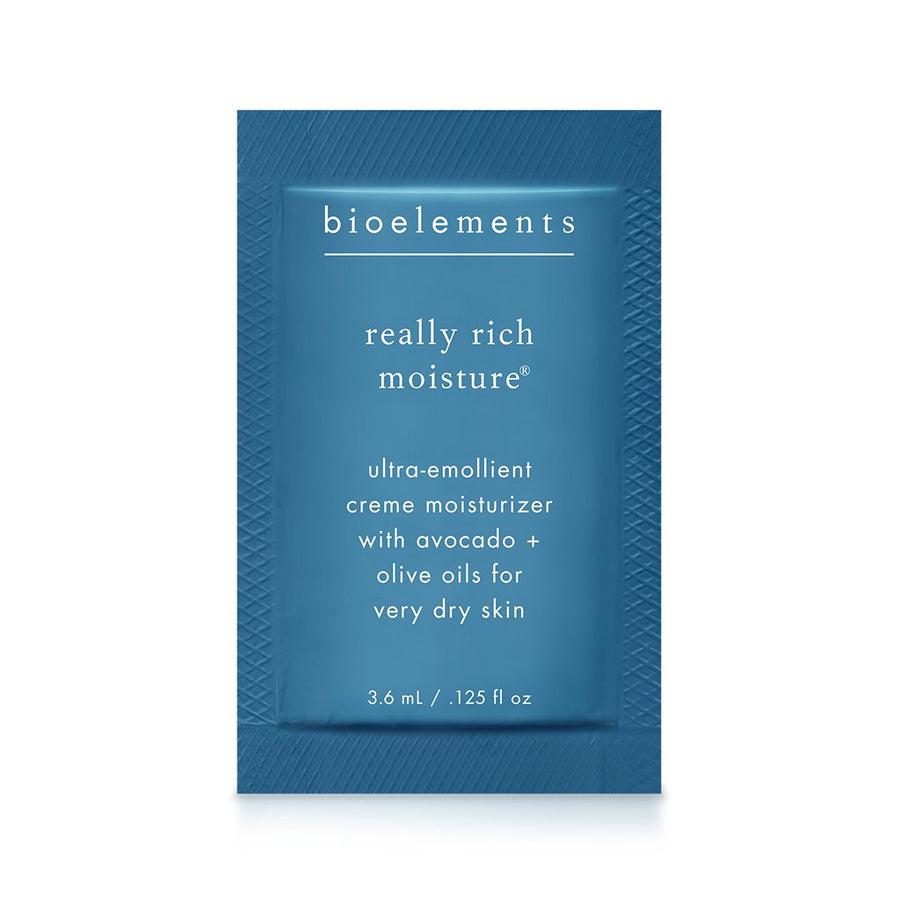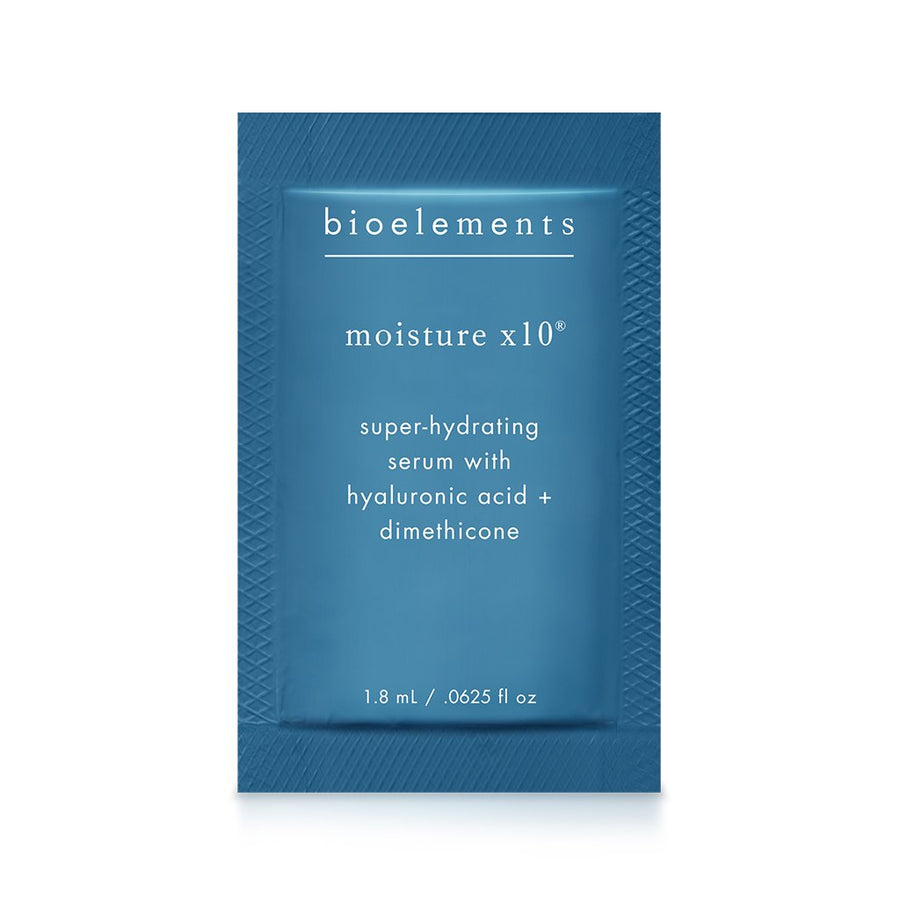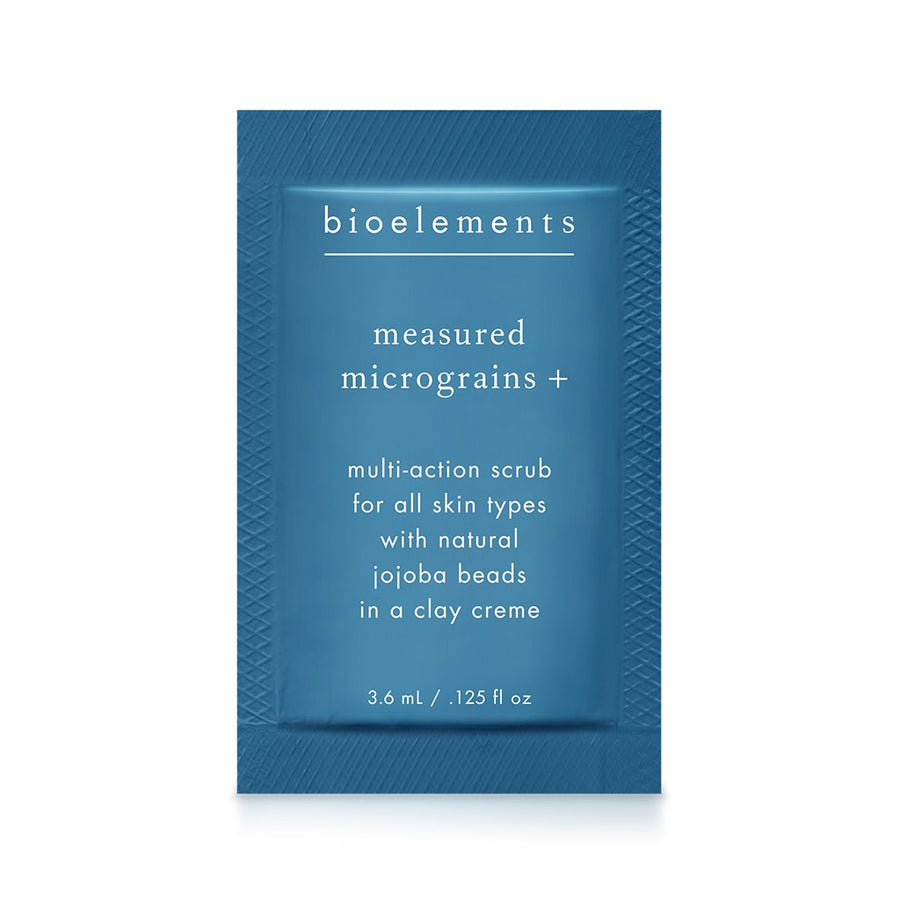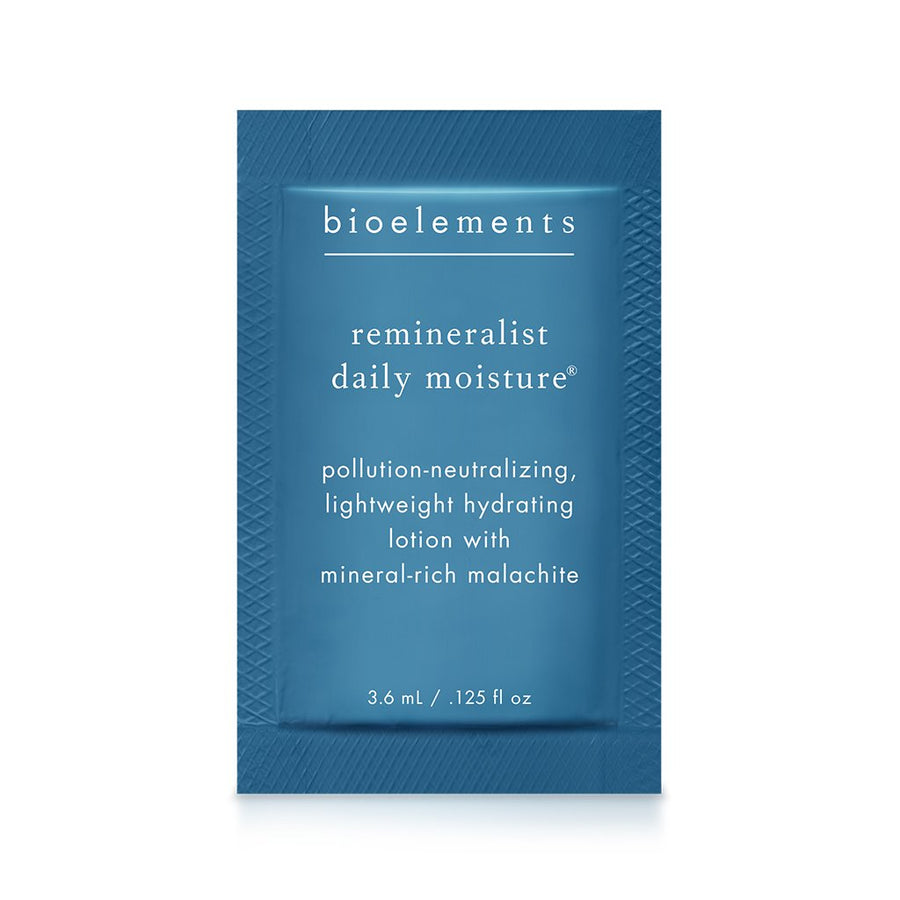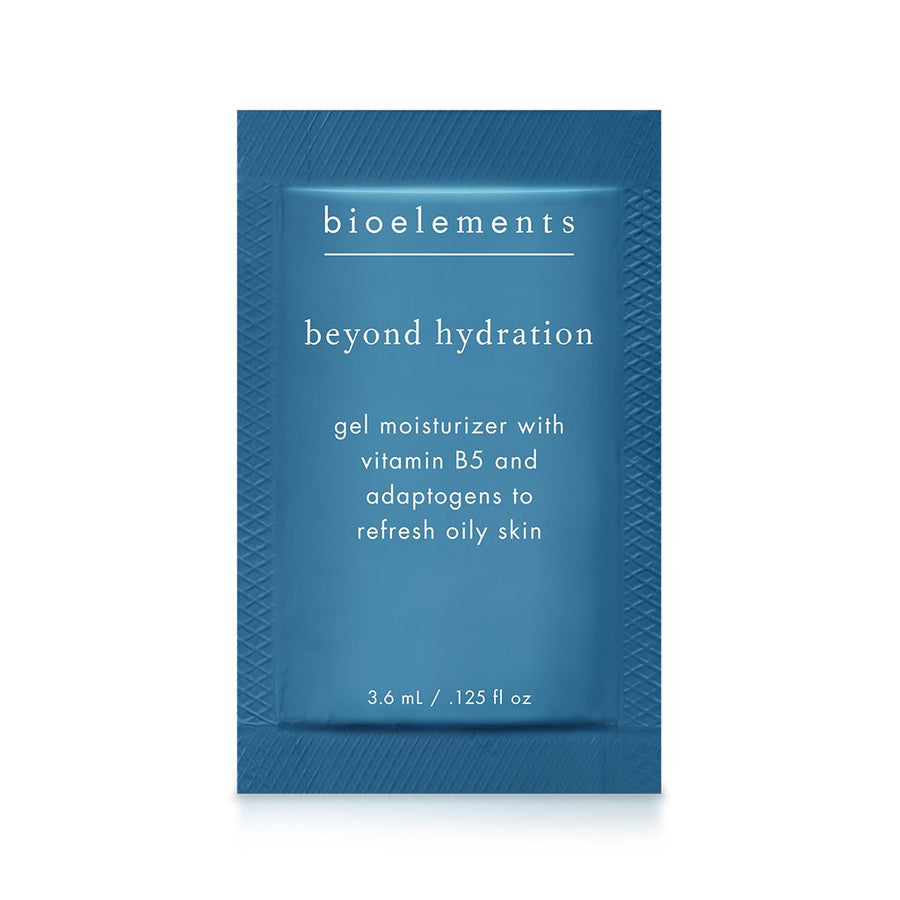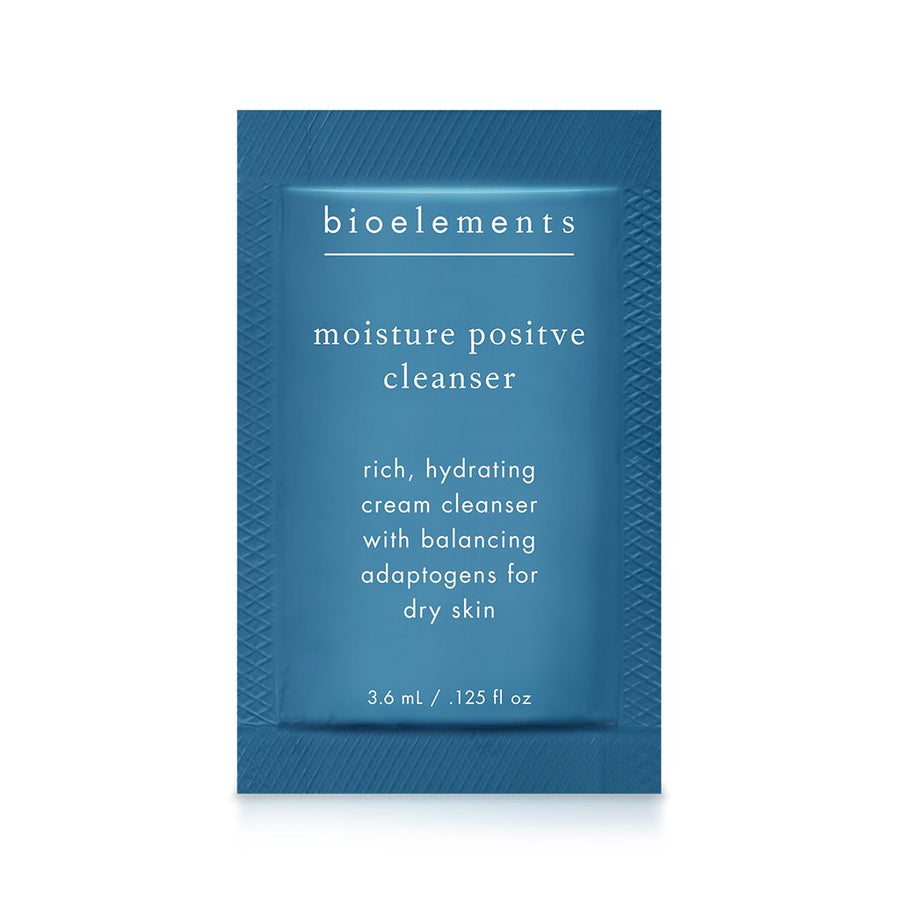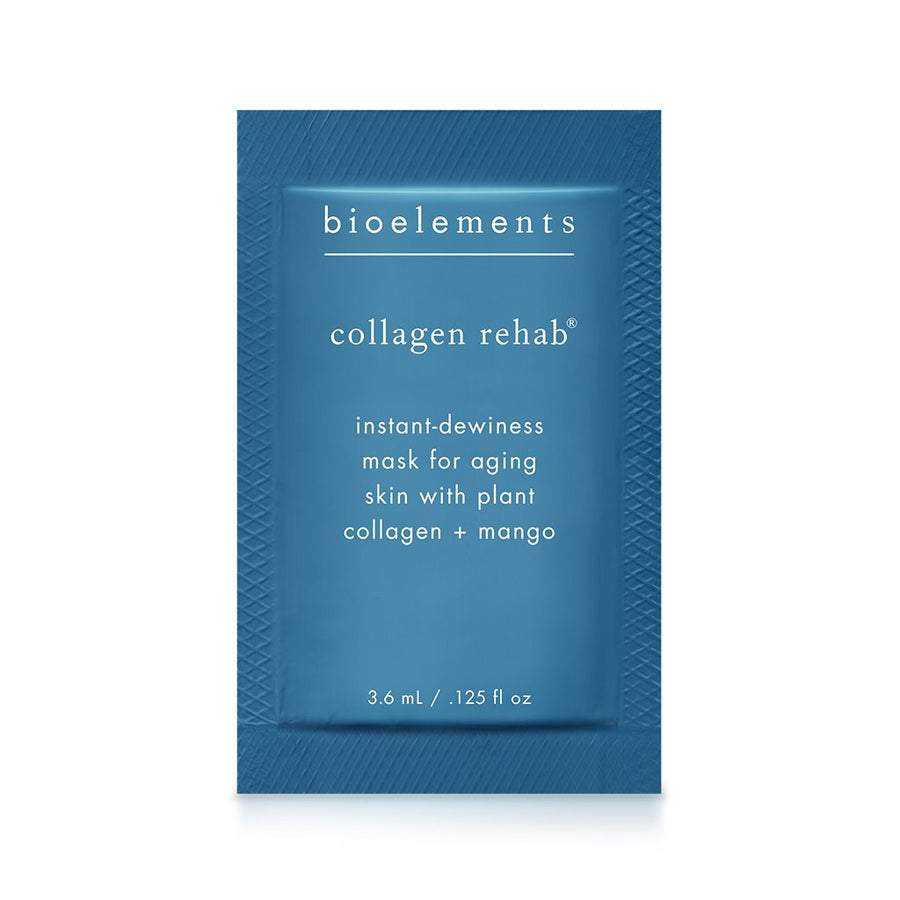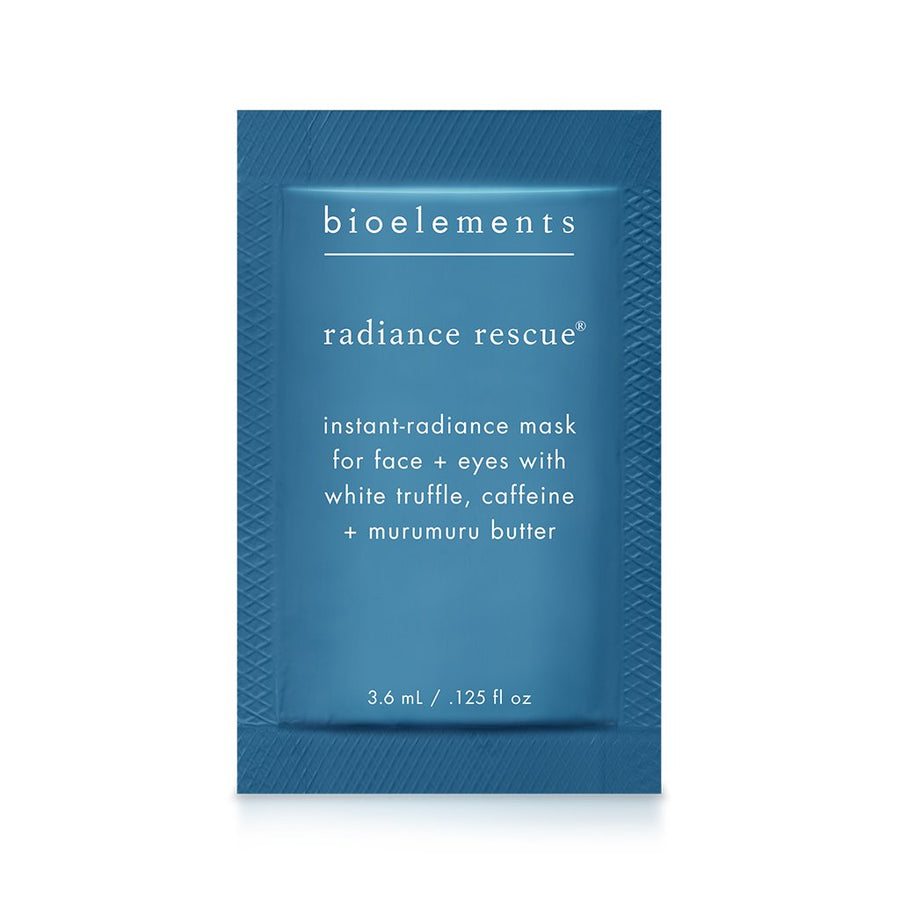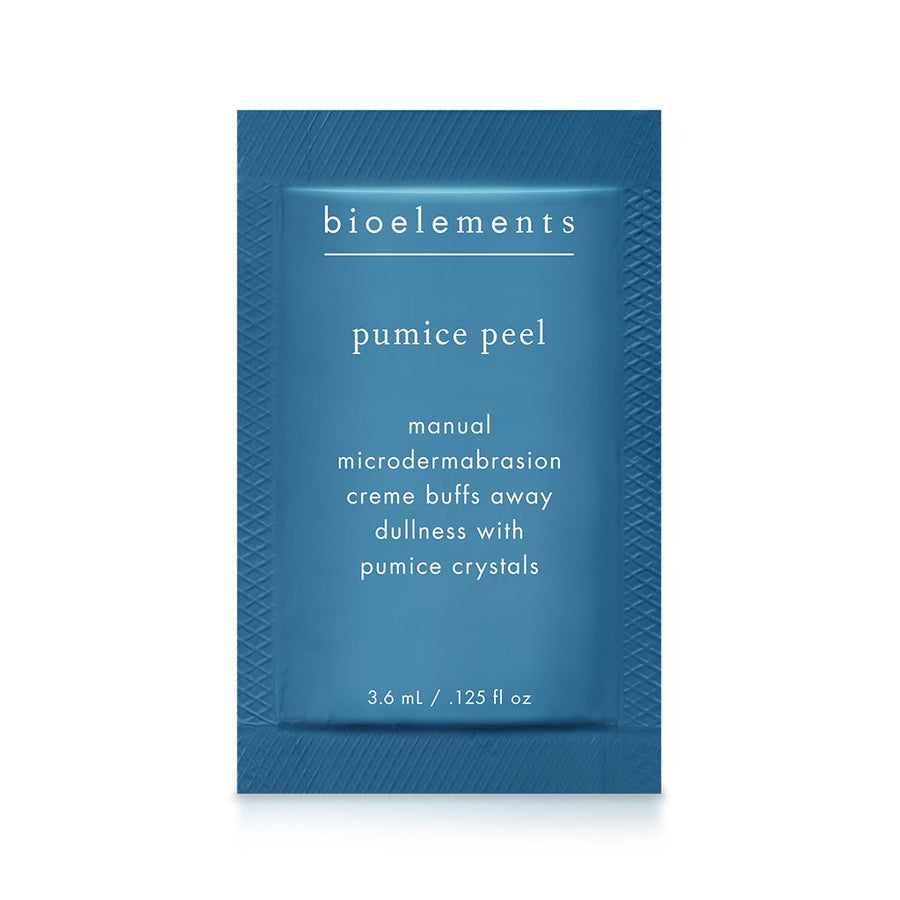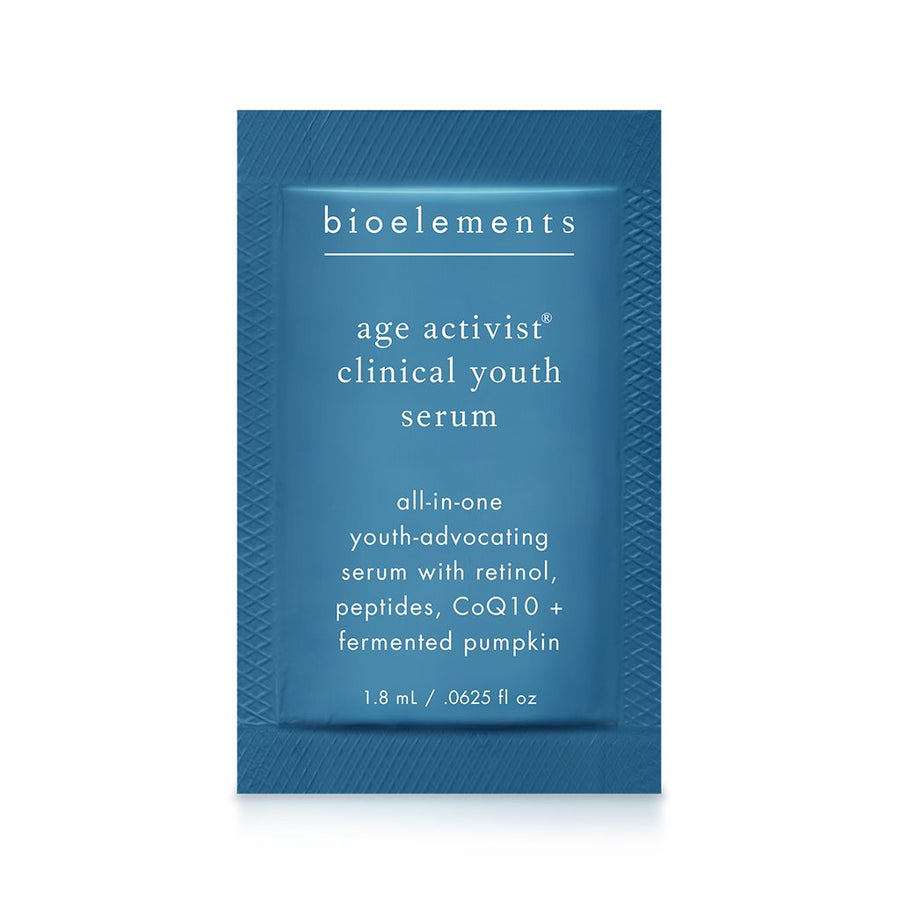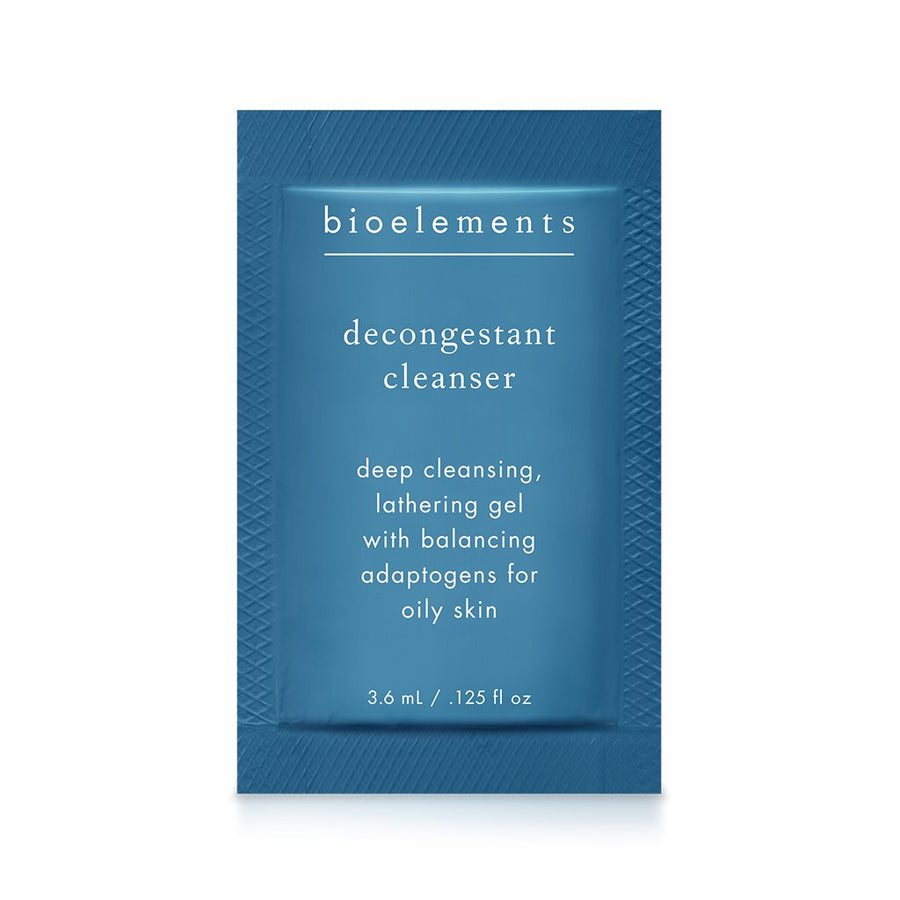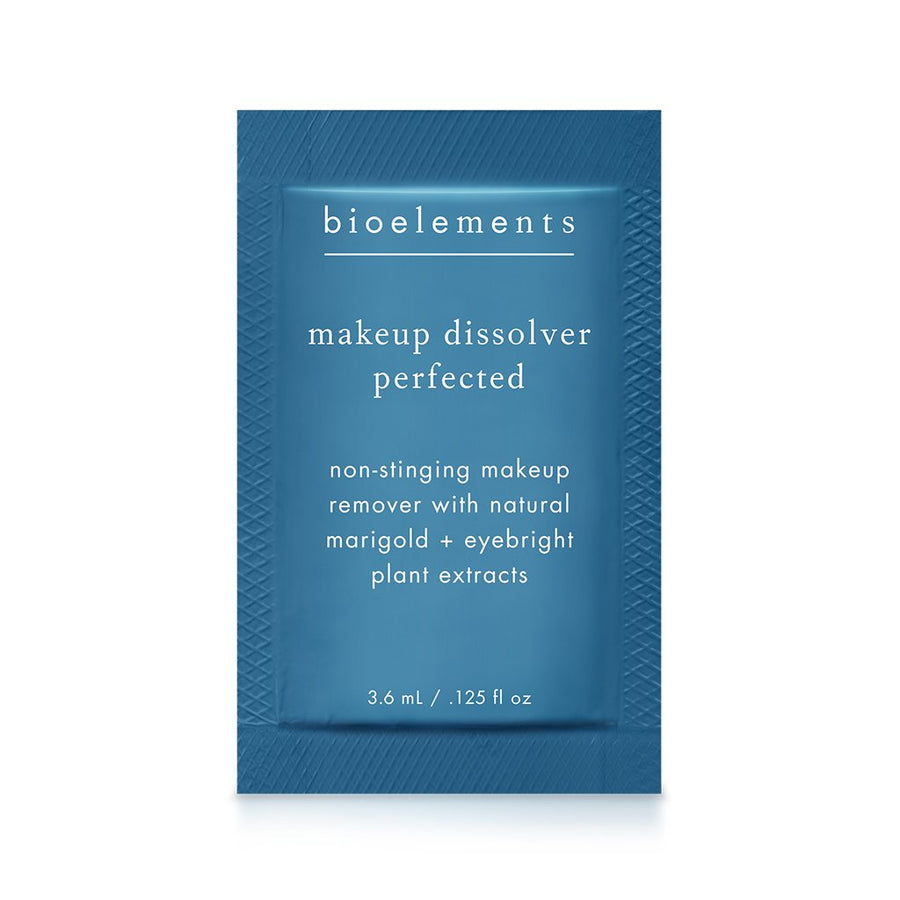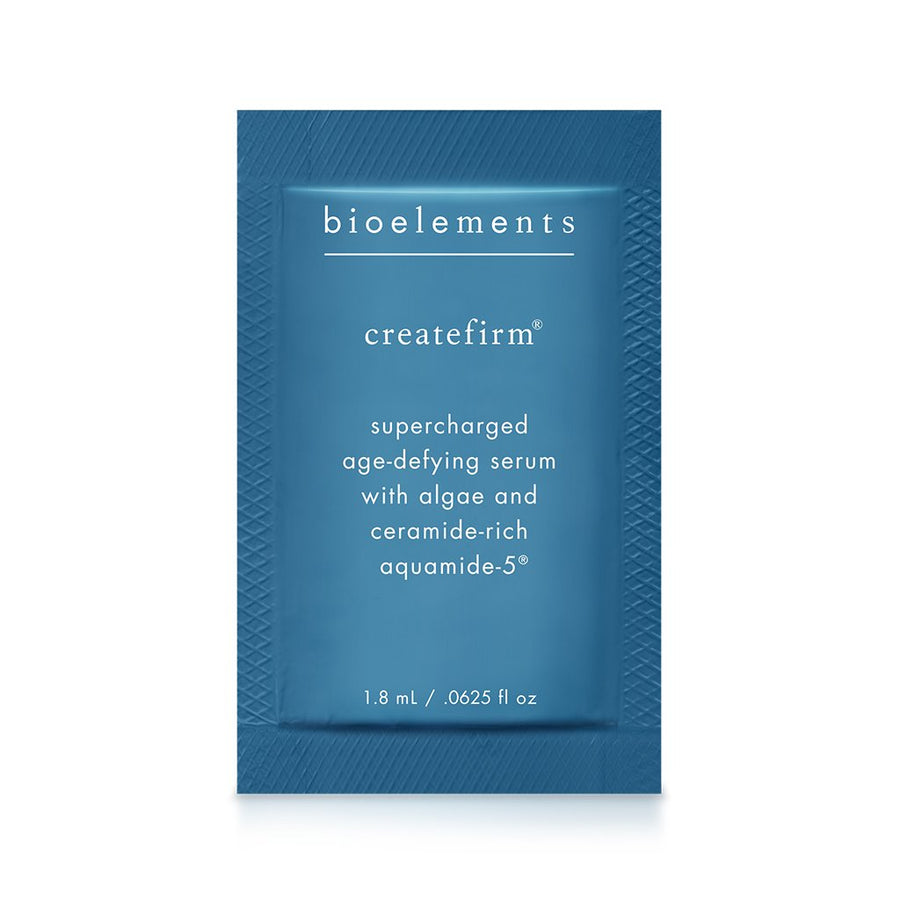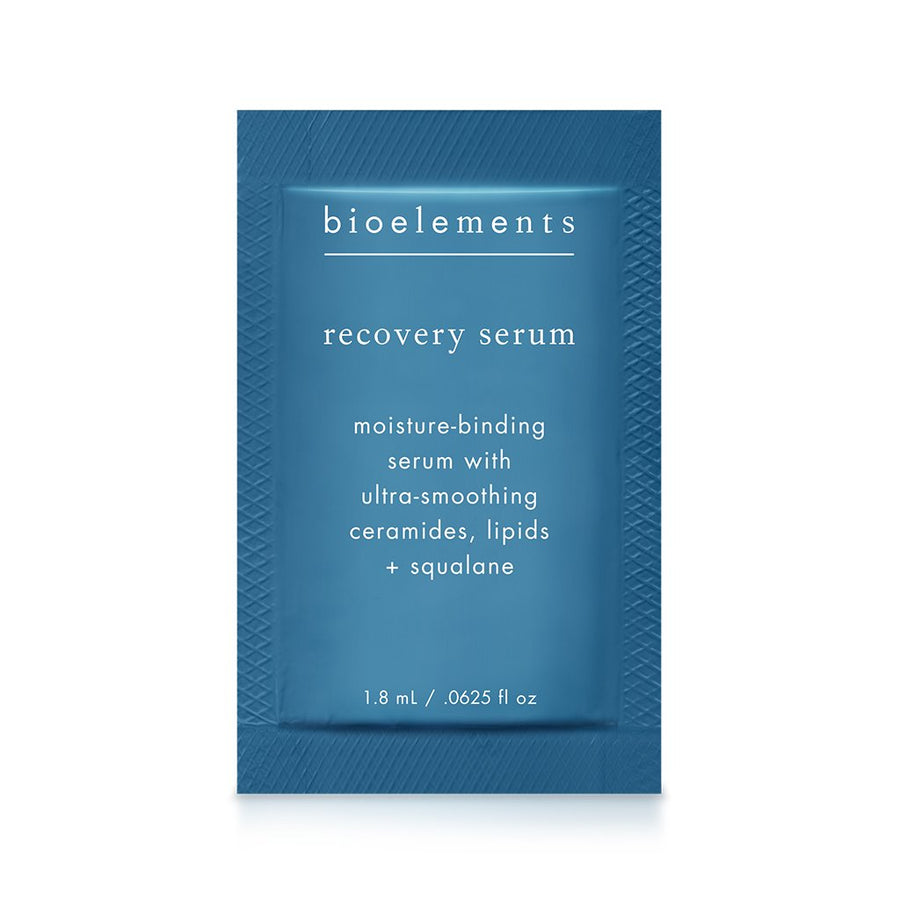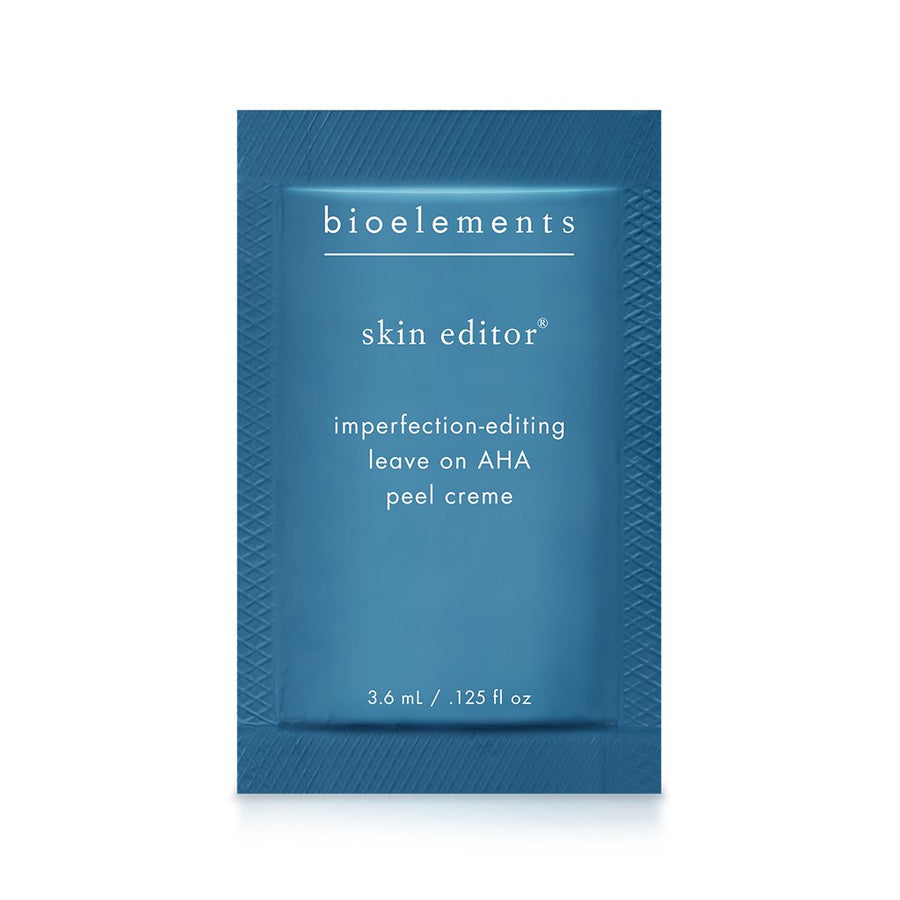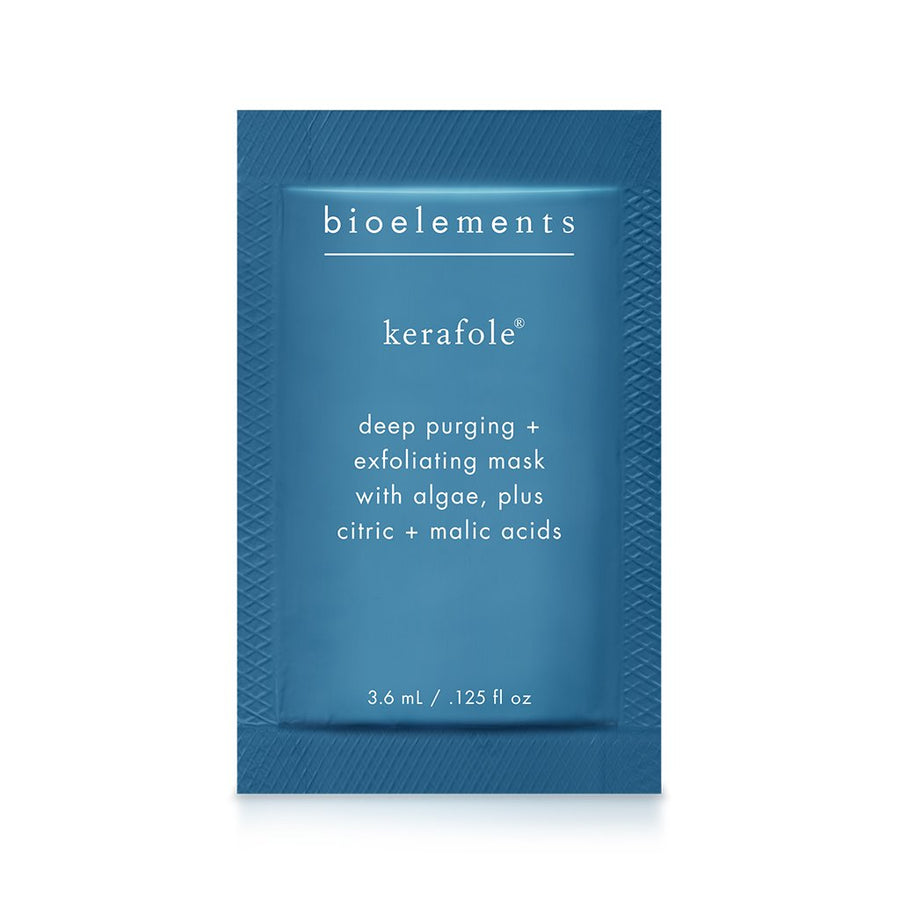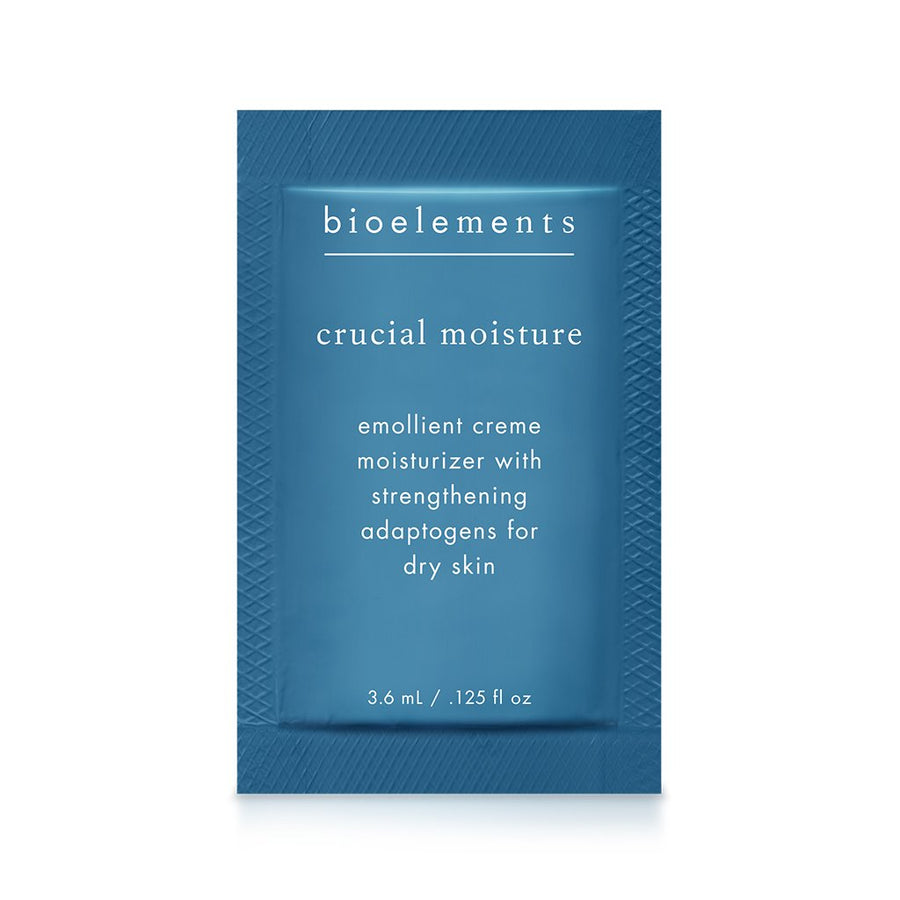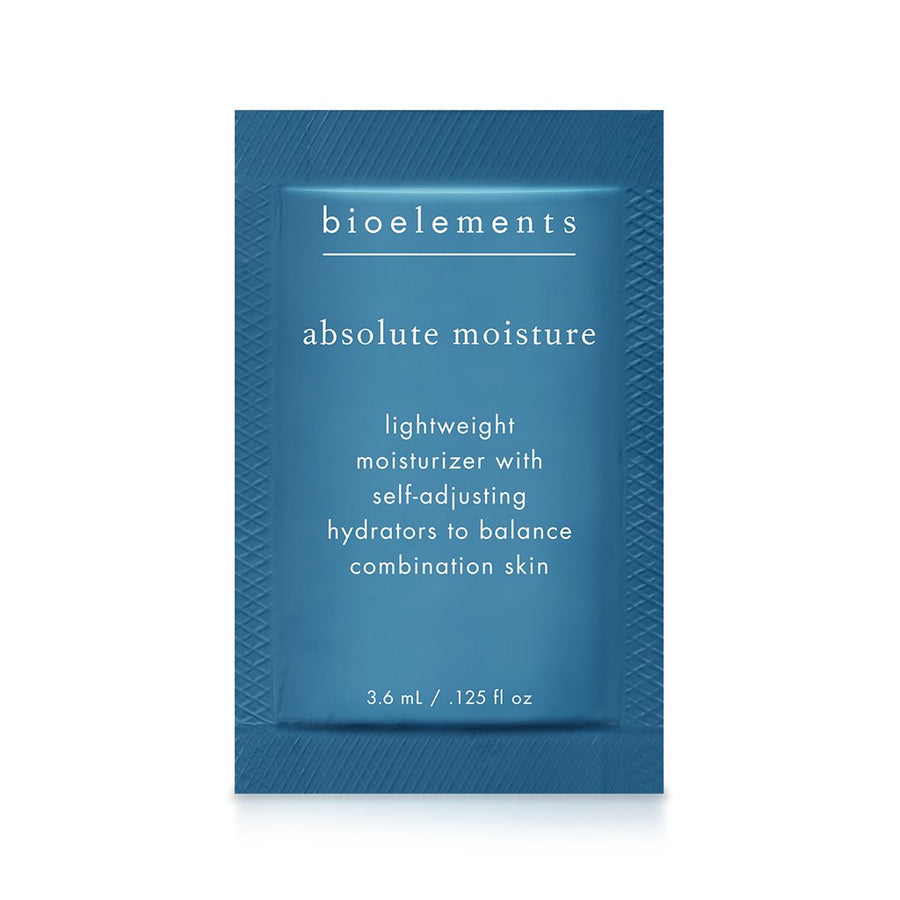Dark spots can develop quietly. A breakout, too much sun or even hormonal changes can leave behind patches of uneven pigment that seem to stick around forever. And while brightening serums and exfoliating acids are an essential part of any dark-spot routine, there’s another solution that works on a deeper level: a professional facial designed to treat hyperpigmentation.
These advanced facials don’t just polish the surface. They combine clinical exfoliation, pigment-correcting ingredients and professional customization to fade discoloration at multiple stages of development, restoring clarity and radiance over time.
Why dark spots form (and why they're so stubborn)
Every dark spot starts with melanogenesis: your skin’s natural pigment-production process.
“When your skin experiences stress from UV exposure, inflammation, or hormonal fluctuations, melanocyte cells can become overstimulated and release excess melanin,” explains Beth Bialko, Bioelements esthetician. “As that pigment rises to the surface, it shows up as visible dark spots or uneven tone.”
Common hyperpigmentation triggers include:
- UV exposure
- Breakouts and inflammation
- Hormonal changes
- Skin injuries
Facials that target hyperpigmentation at the source
Because hyperpigmentation begins deep within the skin, successful treatment requires more than one approach – exfoliation to resurface, antioxidants to brighten and consistent protection to prevent new discoloration from forming.
What to look for in a facial for hyperpigmentation
- Chemical or enzymatic exfoliation to smooth texture and remove pigmented surface cells.
- Antioxidant brighteners like vitamin C to lighten dark spots and prevent new ones.
- Barrier-supporting ingredients like niacinamide to calm, hydrate and protect fresh skin after exfoliation.
- Progressive activity allows treatments to safely intensify over time, leading to lasting clarity.
Our experts recommend two professional facials that meet every one of these criteria (and then some):
1. Bioelements Even Brighter facial
This clinical brightening facial combines resurfacing acids and antioxidant power to visibly fade discoloration and revive radiance. Exfoliating enzymes and gentle acids sweep away dullness while 10% vitamin C targets uneven tone and helps stop new spots from forming.
Why it works for hyperpigmentation:
The even brighter facial blends the proven pigment-fading benefits of vitamin C with exfoliating acids to brighten skin on multiple levels, delivering glow without irritation.
2. Bioelements Ultra-Detox Chemical Peel
When dark spots run deeper, this acid-hybrid peel refines skin and evens tone – without the downtime of traditional peels. Lactic and glycolic acids smooth and renew, while calming, customized finishing steps keep skin comfortable and luminous.
Why it works for hyperpigmentation:
The ultra detox chemical peel helps resurface pigmented cells while stimulating renewal beneath the surface, revealing clearer, more even skin.
How hyperpigmentation facials work beneath the surface
The power of these professional treatments lies in their multi-level approach to pigmentation:
-
Surface renewal: Lactic and glycolic acids gently dissolve dead surface cells, helping lift existing pigment and improve texture.
-
Brightening action: Vitamin C and niacinamide inhibit melanin formation and defend against future discoloration.
- Cellular balance: Soothing masks and antioxidant blends calm inflammation, one of the key triggers behind uneven tone.
- Together, they help address the full pigment cycle, not just the visible dark spot on top.
What to expect from a hyperpigmentation facial series
While one facial can reveal instant radiance, long-term brightening takes a consistent approach. A series of treatments allows your esthetician to safely increase the activity level – boosting exfoliation strength and pigment-correcting ingredients over time.
Think of it as progressive resurfacing – each visit builds on the last, revealing clearer, smoother, more even skin with every session.
The most effective approach to fading dark spots pairs professional facials with a consistent at-home routine:
- Use SPF 30+ every day to prevent UV-triggered pigmentation.
- Apply brightening formulas with vitamin C, tranexamic acid or niacinamide to target uneven tone.
- Keep skin hydrated and calm to reduce inflammation that can lead to new pigment.
Fading dark spots and hyperpigmentation isn’t about one miracle ingredient or a single session. It’s about a layered, professional approach that resurfaces, brightens and protects.
FAQs: Facials for hyperpigmentation
Do facials really help fade dark spots?
A professional facial for dark spots can work deeper than typical at-home products. Treatments that use exfoliating acids (like lactic or glycolic), vitamin C and pigment-inhibiting ingredients can target the pathways where excess melanin forms. Over time, this helps fade existing discoloration and prevent new spots from developing.
What kind of facial is best for hyperpigmentation?
Look for a professional brightening or chemical peel facial. Treatments that include lactic or glycolic acid, vitamin C and customized brightening blends are ideal. Facials with progressive activity tiers are especially effective because they can be adjusted to your skin’s tolerance and pigmentation depth.
What should I do at home after a brightening facial?
Protect your results with daily SPF 30+ and antioxidant-rich skin care. Use formulas with vitamin C, niacinamide or tranexamic acid to maintain brightness between appointments. Avoid harsh scrubs or picking at the skin, which can lead to new pigment formation.
Is there any downtime after a chemical peel facial?
Unlike traditional peels, a modern acid-hybrid peel works on a microscopic level, meaning you get visible smoothing and brightening benefits without redness, flaking or peeling. You can return to normal activities right away while your skin continues to improve over the following days.
How do facials compare to at-home dark spot products?
Both play important roles. Daily formulas with brightening ingredients help maintain clarity, while professional facials intensify results by resurfacing, rebalancing, and targeting pigment at deeper layers of the skin. The best outcomes come from combining both approaches consistently.



